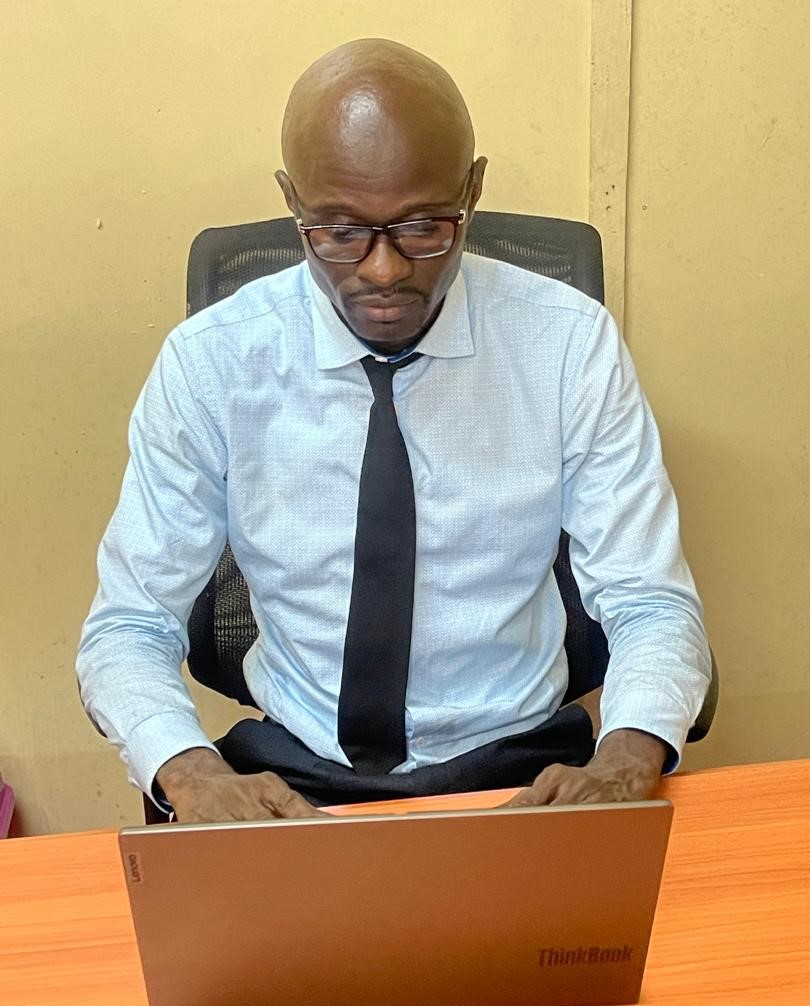By Bailor Amid Saheed Kamara
In Sierra Leone’s fast-changing financial world, the ability to anticipate and manage risks has quietly moved from the backroom to the boardroom. Once seen as the dry territory of compliance officers, financial risk management is now the sharp edge of growth, stability, and resilience. Whether in the air-conditioned offices of Freetown’s towering bank headquarters or the small desks of microfinance officers in Bo, the principle is the same: smart risk-taking can fuel prosperity.
At its heart, financial risk management is about making informed choices — weighing potential losses against possible gains and taking steps to protect the future. It does not mean eliminating all risk, which is impossible, but rather, striking a balance between courage and caution. In Sierra Leone’s context — with volatile markets, fragile infrastructure, and deeper connections to the regional and global economy — the stakes are high.
The strategies range from avoiding risky ventures altogether, to retaining calculated risks for higher returns, to sharing exposure through insurance, or reducing losses by diversifying investments. For Sierra Leone’s banks and financial institutions, this isn’t theory; it’s survival.
Take commercial banks like Rokel Commercial Bank and Sierra Leone Commercial Bank, both of which have battled currency depreciation and mounting non-performing loans (NPLs). The 2024 Financial Stability Report from the Bank of Sierra Leone found that institutions with strong risk controls had NPL ratios 18% lower than those without. Credit scoring, liquidity stress tests, and operational safeguards aren’t just buzzwords — they are the difference between steady growth and sudden collapse.
At the grassroots, microfinance institutions such as BRAC Sierra Leone and Salone Microfinance Trust face a different challenge: ensuring loans to market traders, farmers, and small entrepreneurs are repaid without suffocating the very businesses they’re trying to support. Group lending models, monitoring of income cycles, and mobile money collection systems have emerged as lifelines, keeping default rates in check while giving people a fighting chance to grow.
The benefits go far beyond the banking hall. When risk is well-managed, investor confidence rises. Capital flows into sectors that can transform the economy — agriculture in Port Loko, manufacturing in Wellington, and small and medium enterprises across the country. The 2023 UNDP report suggests that if Sierra Leone adopted systematic risk management across its financial institutions, GDP could grow by an extra 1.2 percentage points each year. That’s enough to build hundreds of schools, roads, and health centers over a decade.
History offers its lessons. During the Ebola crisis of 2014–2016, many financial institutions faced liquidity shortages and mounting defaults. Yet Ecobank Sierra Leone, having diversified its loan book and kept a reserve buffer, suffered just a 2.5% drop in net profit in 2015 — far better than the industry’s average 7% fall. That kind of preparation is no accident; it is the product of deliberate, disciplined risk planning.
The technical side of risk management might sound intimidating — with terms like “standard deviation” and “beta” — but their role is straightforward: to measure how much things can change and prepare for those swings. A bank that knows its loan returns could swing between –5% and +25% can plan its capital reserves accordingly. Similarly, by calculating beta values, investors in Sierra Leone can decide how much exposure they want to volatile sectors like mining or agriculture.
Different institutions will take different paths. NASSIT, for example, may prefer a passive, low-risk approach with government bonds. Commercial banks chasing bigger returns might actively overweight fast-growing sectors like mobile banking, which, since the introduction of the digital financial services policy in 2023, has delivered returns up to 24% higher for early movers.
Of course, the risks of ignoring these lessons are clear. The collapse of several community banks in the early 2000s — caused by reckless lending without proper assessment — still hangs as a warning. Poor oversight can topple not just a bank but entire communities that rely on it.
As Sierra Leone moves toward middle-income status, financial complexity will only grow. Remittances will increase, regional trade through ECOWAS will expand, and digital finance will reach even the most remote villages. Without robust risk management, that growth could falter. But with it, Sierra Leone can turn uncertainty into opportunity — and opportunity into lasting prosperity.
The International Finance Corporation estimates that a 10% improvement in credit risk management could free up over Le 500 billion in new loans for productive sectors. That is capital that could empower farmers in Kailahun, manufacturers in Makeni, and tech entrepreneurs in Freetown.
Financial risk management is no longer a defensive tactic. Done right, it is a national growth strategy. For Sierra Leone, the question is not whether we can afford to embrace it — it is whether we can afford not to.

